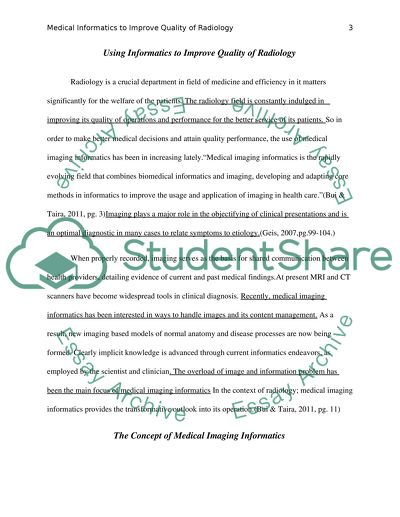Cite this document
(“Medical Informatics to Improve Quality of Radiology Research Paper”, n.d.)
Retrieved from https://studentshare.org/health-sciences-medicine/1433722-medical-informatics-to-improve-quality-of-radiology
Retrieved from https://studentshare.org/health-sciences-medicine/1433722-medical-informatics-to-improve-quality-of-radiology
(Medical Informatics to Improve Quality of Radiology Research Paper)
https://studentshare.org/health-sciences-medicine/1433722-medical-informatics-to-improve-quality-of-radiology.
https://studentshare.org/health-sciences-medicine/1433722-medical-informatics-to-improve-quality-of-radiology.
“Medical Informatics to Improve Quality of Radiology Research Paper”, n.d. https://studentshare.org/health-sciences-medicine/1433722-medical-informatics-to-improve-quality-of-radiology.


